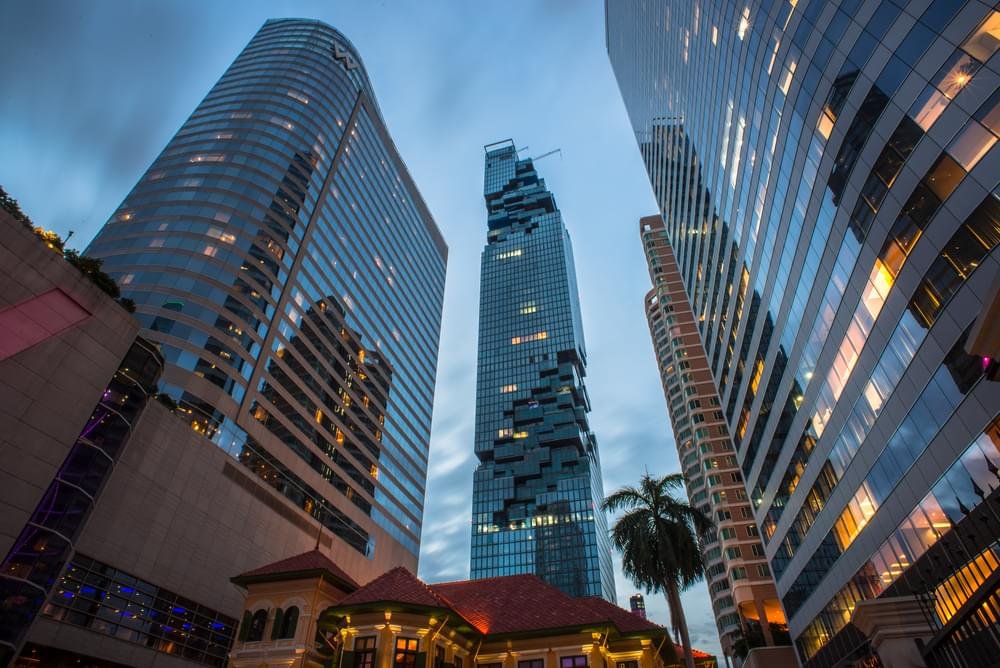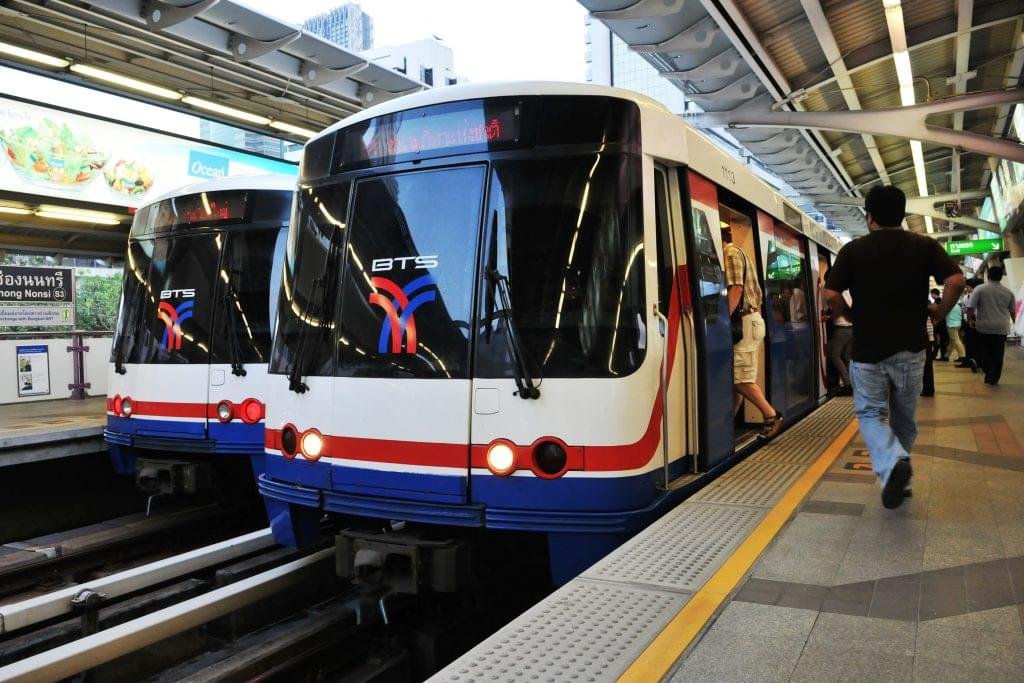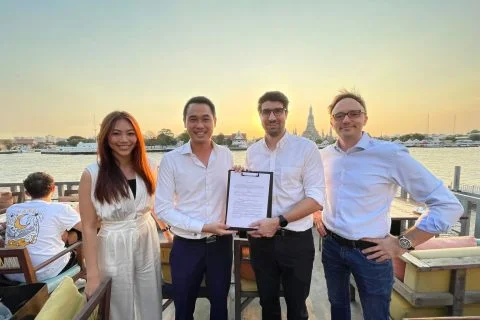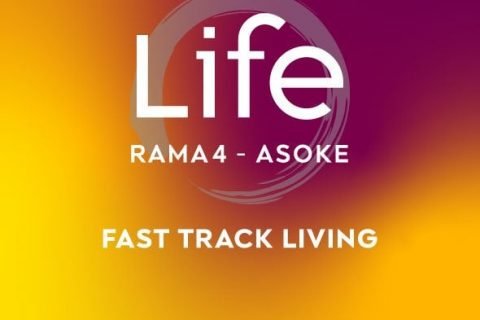Since the launch of our “Market Trends Blog Category”, we have covered several up-and-coming peripheral neighborhoods. From the Riverside, Rama 9-Ratchadaphisek, to Udom Suk-Bangna, property hotspots are emerging throughout Bangkok. This development trend, is creating patches of ultra-appealing residential and commercial neighborhoods across the capital.

This constant evolution is perhaps Bangkok’s biggest draw as a property investment destination. The city’s exuberant and vibrant urban, economic and social development is creating unique opportunities for savvy investors!
Bangkok’s urban development, is a mix of Local Government (Bangkok Metropolitan Administration) intervention that deals mostly with infrastructure projects (I.e. Mass Transit and Road Networks) and private sector developments (I.e. Residential Condos, Malls, Mixed-use Developments).
As a result, several trends have started to emerge and these will undoubtedly have a lasting impact on the local property market over the next 5-Years:
1. Localization
In a city where Condo Pools, Gym and Extra-Facilities are as common as having WIFI, the next big luxury for affluent urbanites is gradually becoming “convenience and proximity”. Bangkok’s residents are becoming weary of the city’s traffic jams and sweaty commutes, therefore “saving time” is becoming the ultimate luxury.
This is becoming apparent with the development of self-contained neighborhoods, such as Ladprao- Huay Khwang, Udom Suk-Bangna and Rama 9-Ratchada which offers residents access to leisure, dining and retail venues locally. This means residents can relax without having to travel to central downtown locations. This “town within the city” is becoming a prevalent social trend, especially with the development of peripheral shopping malls that allow residents to enjoy their free-time in their local neighborhoods.
Established developers such as TCC, MQDC and Siam Piwat are taking this to the next level by developing huge mixed-used developments that will offer commercial, retail, leisure and residential components. Effectively offering a fully-integrated lifestyle proposition whereby residents can live, work and relax in one place!
2. Mass Transit Effect

Despite being home to over 7 Million+ residents, Bangkok’s Mass Transit Network (BTS & MRT) is still in its infancy and large parts of the city still remain underserved by any viable form of BTS or MRT connection. Bangkok’s Metropolitan Administration is aware of this and has in response launched massive Mass Transit extension plans.
The new network of Mass Transit Lines will not only connect underserved areas of the capital, but will connect numerous provinces such as Samut Prakarn and Nonthaburi to Bangkok’s numerous business and leisure districts.
Many property professionals are predicting that this massive infrastructural transformation will create impetus and momentum for non-central locations to flourish as residential and commercial neighborhoods. Some experts are even taking their prediction a step further and predicting the rise of peripheral commercial centers that could dilute the strategic importance of Bangkok’s present Central Business District.
3. Hiking Land Prices
A close evaluation of Bangkok’s Central Business District will reveal that developable land plots that could accommodate large residential or commercial projects are becoming a rare and fleeting commodity. This trend has resulted in a simple economic domino effect, with the last remaining available land plots commending higher and higher prices!

This upward pressure has become dizzyingly apparent, when it was reported that The Central Group has made an offer of Approx. 2 MTHB+ Per/Square Wah (Four Square Meters) for the British Embassy compound on Wireless Road. This rising trend can be observed throughout Bangkok in both CBD and peripheral locations especially those in close proximity to established or upcoming BTS/MRT connections.
The impacts of these price hikes will impact the property market in a variety of ways, as high land acquisition costs means developers are under pressure to find ways to increase return-on-investment. This could mean anything from smaller residential condo sizes, super-luxury residences, to developers simply shifting their development resources to peripheral locations!
4. Shrinking Premium Condos
As an inadvertent result of rising developable land prices, residential developers are under-pressure to maximize the profitability of their project by offering shrinking standard condo sizes. Interestingly, compact unit sizes are being normalized and despite the restrictive space offered numerous developers have had success shifting their offerings to the general local and international market. This trend is not only affecting the floor-size of standard units, but also the layout of units offered; interestingly, 3-Bed family units and 2-Bed (With equally-large bedrooms) are not as readily developed and marketed.
This supply imbalance is creating a lucrative opportunity especially for owners/investors of second-hand projects. As some Older Projects currently offer large and spacious unit types with specification that are no longer available in newly launched developments. On top of this, these second-hand/ older properties are offered at comparatively competitive prices per square meters. This is gradually reversing and shifting local buying trends, which traditionally favored new builds.
5. Super-Luxury Residences
Bangkok and Thailand in general, has carefully nurtured its brand as an affordable luxury destination in South East Asia. The City offers some amazing hotels, fine dining experiences, luxury shopping malls and leisure venues at affordable levels. This strategic positioning, has cemented it as the getaway of choice for travelers from Hong Kong, Singapore, Taiwan and even Japan. However Bangkok’s Property Market is gradually breaking ranks from this positioning. Super-luxury projects with starting prices of 250,000 THB+ per/sqm. once made headlines in local publications. However a collection of factors such as scarcity of prime-developable land plots, growing international investor interest and local buyers’ search for exclusive offerings, is making super-luxury residences the new normal. This trend has resulted in the launch of projects with dizzying price tags from 98 Wireless, Mandarin Oriental Residences and the Ritz Carlton Residences.
Whether these factors are negative or positive on an everyday lifestyle and well-being perspective, is a subjective topic. However one thing that’s undeniable is that these shifts and transformations will gradually create a wealth of opportunities for the savvy property investor!




